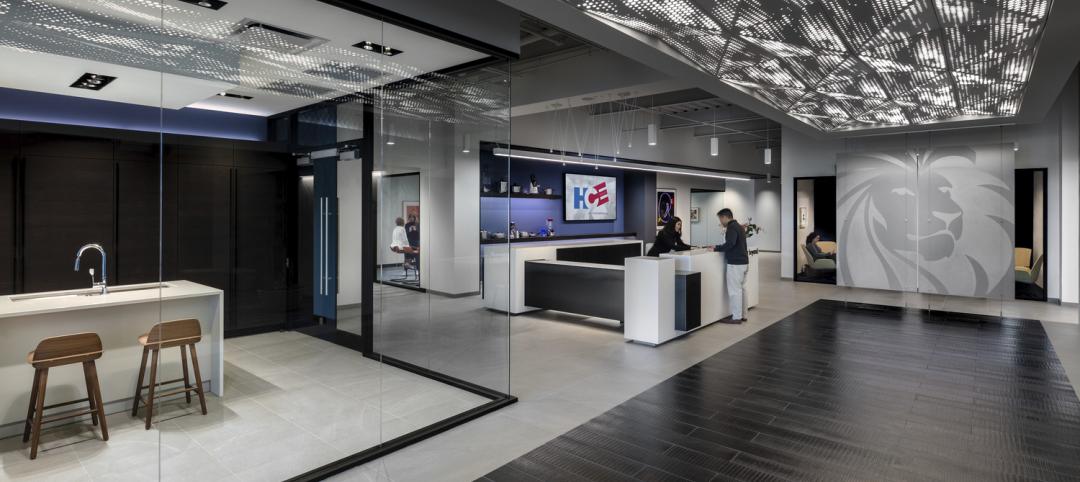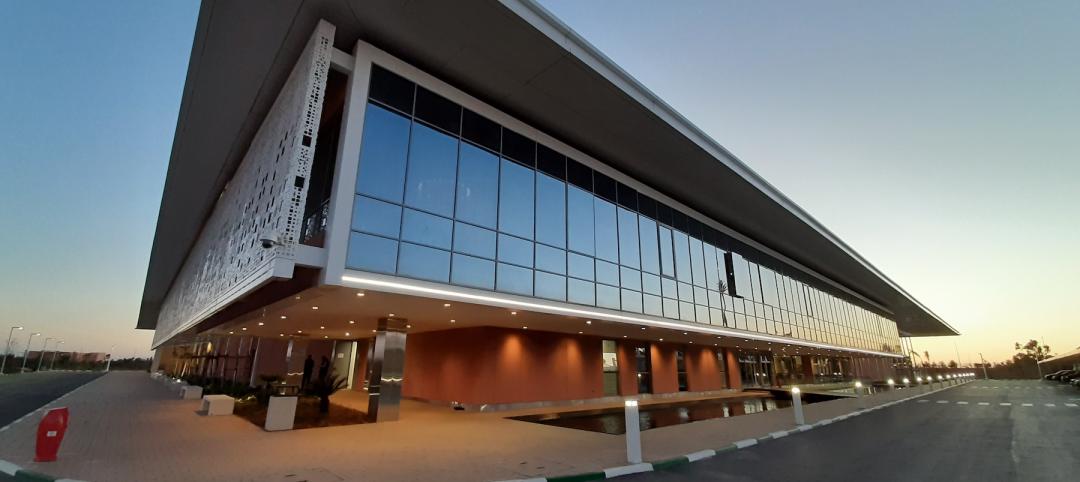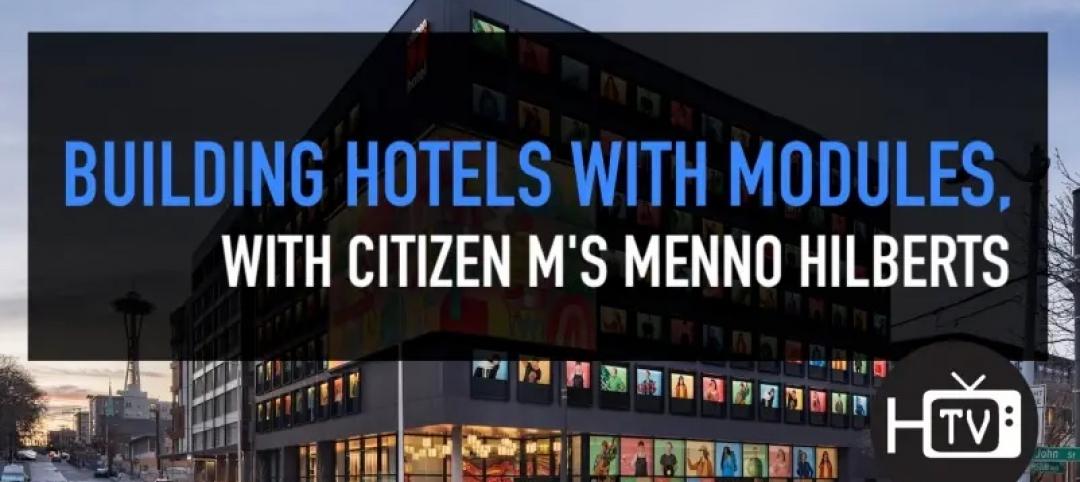Mixed-use development has been one of the few bright spots in real estate in the last few years. Successful mixed-use projects are almost always located in dense urban or suburban areas, usually close to public transportation. It’s a sign of the times that the residential component tends to be rental rather than for-sale.
Due to the large scale of many mixed-use projects, Building Teams must be effective in communicating and collaborating both internally and with local government entities. For example, L.A. LIVE, the massive entertainment and lifestyle complex that has sprung up around that city’s Staples Center, can attribute much of its phenomenal success to the developer’s close collaboration with the Building Team and its partnership with the city of Los Angeles.
It’s also critical to accurately anticipate the needs of potential tenants. At the Broadway Building in Seattle, downsized office spaces cater to small-business owners who are looking to escape from the congested downtown core. In Chicago, the live/work units and street-level retail of 2000 N. Milwaukee go far to meet the needs of up-and-comers in a rapidly emerging neighborhood.
New buildings in a mixed-use project naturally must take their design cues from the vocabulary and style of the surrounding architecture. They may be hip and glossy, like L.A. LIVE, 2000 N. Milwaukee, and the Meridian at Grosvenor Station in Rockville, Md. Or they may pay their respects to the more toned-down older buildings in the neighborhood, as in the case of the Broadway Building, with its Prairie School influence. There is also a movement afoot to give architecturally significant buildings a new mixed-use identity, as is the case with The Link in Phoenix.
The takeaway: If you’re looking to develop multifamily residential, mixed-use may be the only viable way to go. “I don’t see anything getting built that isn’t mixed-use right now,” says Paul Alessandro, a partner with Hartshorne Plunkard Architecture, Chicago. If that’s the case in your market, take a look at these recent projects for inspiration.
Six Emerging Trends in Mixed-Use Development
Related Stories
Architects | Sep 2, 2021
Remembering architect and author Lance Hosey: 1964 - 2021
Architect, sustainability expert, author, and public speaker Lance Hosey passed away unexpectedly on August 27.
Multifamily Housing | Sep 1, 2021
Top 10 outdoor amenities at multifamily housing developments for 2021
Fire pits, lounge areas, and covered parking are the most common outdoor amenities at multifamily housing developments, according to new research from Multifamily Design+Construction.
Architects | Sep 1, 2021
Design unveiled for Copia Vineyards Winery and Tasting Room
Clayton Korte designed the project.
Giants 400 | Aug 30, 2021
2021 Giants 400 Report: Ranking the largest architecture, engineering, and construction firms in the U.S.
The 2021 Giants 400 Report includes more than 130 rankings across 25 building sectors and specialty categories.
Laboratories | Aug 30, 2021
Science in the sky: Designing high-rise research labs
Recognizing the inherent socioeconomic and environmental benefits of high-density design, research corporations have boldly embraced high-rise research labs.
Giants 400 | Aug 27, 2021
2021 Healthcare Sector Giants: Top architecture, engineering, and construction firms in the U.S. healthcare facilities sector
HDR, AECOM, Turner Construction, and Brasfield & Gorrie head BD+C's rankings of the nation's largest healthcare facilities sector architecture, engineering, and construction firms, as reported in the 2021 Giants 400 Report.
Giants 400 | Aug 27, 2021
2021 Office Sector Giants: Top architecture, engineering, and construction firms in the U.S. office building sector
Gensler, Jacobs, Turner Construction, and STO Building Group head BD+C's rankings of the nation's largest office building sector architecture, engineering, and construction firms, as reported in the 2021 Giants 400 Report.a
Giants 400 | Aug 26, 2021
2021 University Giants: Top architecture, engineering, and construction firms in the higher education sector
Gensler, AECOM, Turner Construction, and CannonDesign head BD+C's rankings of the nation's largest university sector architecture, engineering, and construction firms, as reported in the 2021 Giants 400 Report.
Giants 400 | Aug 26, 2021
2021 Data Center Giants: Top architecture, engineering, and construction firms in the U.S. data center facilities sector
Corgan, Holder Construction, Jacobs, and Whiting-Turner top BD+C's rankings of the nation's largest data center facilities sector architecture, engineering, and construction firms, as reported in the 2021 Giants 400 Report.
Hotel Facilities | Aug 26, 2021
Building hotels with modules, with citizenM's Menno Hilberts
In this exclusive interview for HorizonTV, Menno Hilberts, Managing Director of Project Management with hotelier citizenM, explains how the company is employing modular construction to help double its presence in the U.S.

















